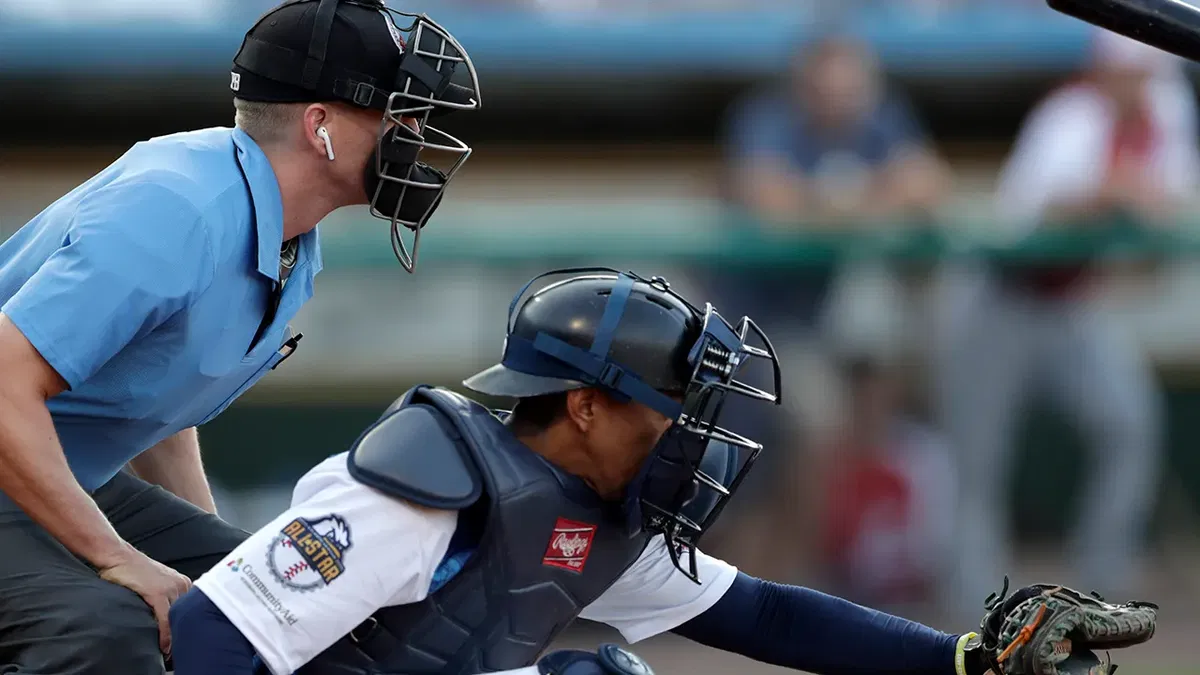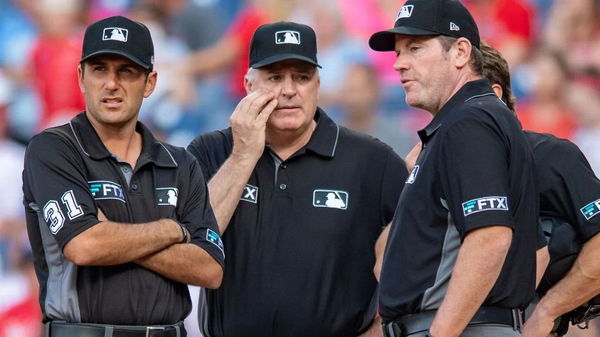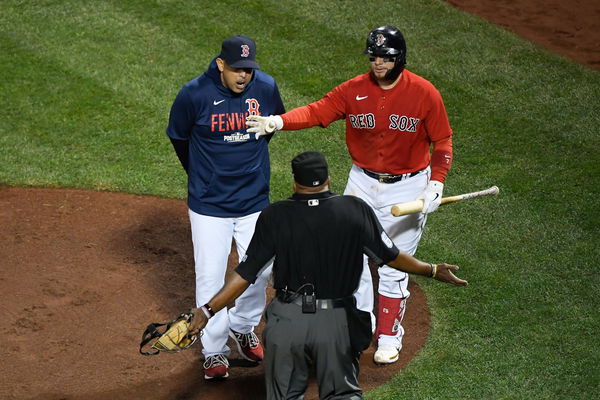

That wasn’t a sarcastic jab from a frustrated catcher — it was a genuine question asked during a mid-April game, and one that echoed throughout Major League clubhouses in the season’s opening weeks. Pitchers and catchers alike were baffled. Curveballs that had been strikes for years were suddenly called balls. Fastballs on the black? No dice. Something had shifted, but no one could quite explain what, until a little-known, quietly renegotiated offseason rule surfaced. MLB had changed how umpires are evaluated behind the plate, and nearly no one playing the game had been told.
Watch What’s Trending Now!
This wasn’t a change to the strike zone itself, at least not on paper. Instead, the league and umpires’ union agreed to shrink the “buffer zone,” the small grace area umpires have used for years to avoid being dinged on close calls. That cushion, once a generous two inches beyond the edges of the strike zone, is now just three-quarters of an inch. While the intention was to align umpire grades more closely with the rulebook zone, the real-world effect has been stark: umpires, fearing bad grades, are less likely to call strikes on borderline pitches. That subtle shift has tilted the game’s balance, and hitters are reaping the benefits.
“Everybody’s zone has shrunk,” said Angels catcher Travis d’Arnaud. “We started noticing early — fast. Borderline strikes just weren’t being called anymore. We looked at the data: those same pitches got called last year. Not anymore.”
ADVERTISEMENT

ADVERTISEMENT
And here’s the kicker: most players didn’t even know the change had happened. The league says managers and front offices were notified, but players across multiple teams told The Athletic they had no clue. That’s sparked confusion in bullpens and frustration in dugouts. Pitchers are missing spots trying to chase tighter corners. Catchers are scrambling to adjust their framing tactics. And offense? It’s quietly thriving in the background, a result the league might not mind so much.
The timing couldn’t be more suspicious. In an era where the MLB constantly tweaks rules to boost scoring — pitch clocks, shift bans, bigger bases, a subtle change that indirectly favors hitters sounds less like an accident and more like a strategy.
ADVERTISEMENT
So no, the rulebook didn’t change. But the strike zone might as well have. And for the pitchers, that’s more than a footnote — it’s a betrayal dressed up as precision.
Want to talk about competitive balance? Start with what wasn’t said.
ADVERTISEMENT
The missed calls that sparked outrage in MLB
You’d think with the rise of technology and umpire grading systems, strike zones would feel tighter and fairer. But early in the 2025 season, it’s felt more like a game of roulette behind the plate. Fans aren’t just frustrated, they’re furious. And they’ve got receipts. Within the first few weeks, blown calls began piling up faster than runs in Coors Field.
Remember the April 12 showdown between the Yankees and Blue Jays? With the game tied in the ninth, Yankees reliever Clay Holmes threw a sinker that dotted the inside corner — strike three by any standard. Except the umpire didn’t flinch. Ball four. The Jays walked it off one pitch later, and within minutes, #FireTheUmp was trending across social media. And it wasn’t an isolated incident.

USA Today via Reuters
Oct 19, 2021; Boston, Massachusetts, USA; Boston Red Sox catcher Christian Vazquez (7) separates manger Alex Cora from home plate umpire Laz Diaz during the third inning of game four of the 2021 ALCS against the Houston Astros at Fenway Park. Mandatory Credit: Bob DeChiara-USA TODAY Sports
Just a few nights later in Atlanta, Braves starter Max Fried barked at the plate umpire after back-to-back pitches, both appearing to graze the lower edge of the zone, were ruled balls. “I didn’t change a thing,” he said postgame. “But the zone sure did.” Phillies reliever Matt Strahm echoed the same confusion, admitting he had “no idea” the umpire buffer had been shrunk this season.
ADVERTISEMENT
And if it feels like umps are calling fewer strikes on the edges, it’s because they are. Travis d’Arnaud told The Athletic he noticed a spike in called balls on pitches that were typically strikes last year. “We pulled the numbers of strikes that were called balls in the first week of the season, this year versus last year,” he said. “Last year, there were like 300 or so. This year, (we found) like 550 at the same point in time, with strikes that are called balls.”
That kind of shift doesn’t just frustrate fans, it unravels pitching strategies, disrupts game flow, and forces teams to scramble with their analytics midseason. It’s no wonder players are calling for more transparency. Because right now, MLB’s strike zone doesn’t feel tighter — it feels broken.
ADVERTISEMENT
ADVERTISEMENT
ADVERTISEMENT

